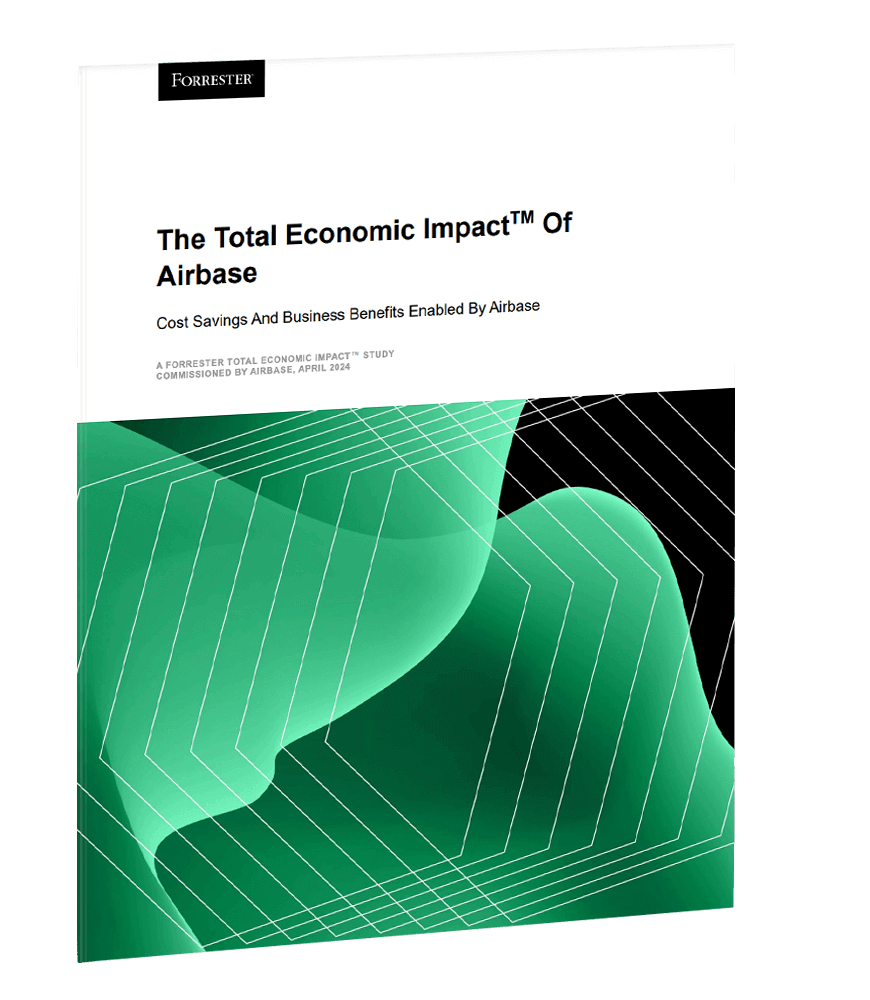What is total cost of ownership?
Total cost of ownership (TCO) is a framework used to understand the true costs of buying something, plus the cost to operate it over its useful life.
TCO goes beyond the initial purchase price to include a wide range of direct and indirect costs, providing a more accurate picture of the long-term financial impact of a purchase.
Key components of TCO.
The exact elements of TCO vary depending on the type of asset or the service in question. Common elements to consider are:
- Direct costs.
- Acquisition cost: The upfront purchase price.
- Implementation costs: Expenses associated with installation, configuration, onboarding, and training.
- Recurring costs: Ongoing expenses such as subscription fees, license renewals, maintenance contracts, and support fees.
- Operational costs: Costs directly associated with using the item or service, such as labor, materials, utilities, or transaction fees.
- Disposal costs: Expenses incurred at the end of the asset’s life, including decommissioning, removal, or recycling.
- Indirect costs.
- Overhead costs: Includes facilities, IT infrastructure, and administrative support.
- Productivity loss: Downtime, learning curves, and efficiency losses during implementation and changes.
- Opportunity cost: The potential value missed by choosing one option over another.
- Risk costs: The financial impact of potential disruptions, security breaches, or compliance failures
When a TCO analysis is critical.
A TCO analysis can play an important role in several financial processes.
- Procurement decisions: Comparing different vendors or solutions based on their true long-term costs, not just initial price.
- Technology investments: Assessing the full financial implications of software, hardware, or cloud solutions.
- Build vs. buy decisions: Evaluating whether developing a solution in-house is truly cost-effective compared to purchasing an existing product.
- Operational planning: Identifying hidden costs or areas with potential for savings within existing processes.
- Lease vs. buy scenarios: Evaluating the long-term TCO of leasing equipment vs. purchasing it outright.
Steps in conducting a TCO analysis.
- Define the scope: Clearly outline the things being compared and the relevant timeframe for the analysis.
- Identify costs: Compile a comprehensive list of all potential direct and indirect costs associated with each option.
- Quantify costs: Estimate or gather accurate and current data on the financial value of each cost component over the frame in question.
- Consider qualitative factors: Assess the intangible factors that could impact costs, like ease of use, vendor reputation, or scalability.
- Analyze and compare: Calculate TCO of each option.

Take a tour of Airbase.
Explore Airbase with a self-guided tour.
Challenges and considerations for an effective TCO analysis.
Finance teams face several challenges in performing an accurate TCO analysis, including:
- Data availability: Obtaining reliable cost data, especially for indirect costs, can be difficult, especially in a distributed workforce.
- Estimating future costs: Projecting costs over a long time horizon involves assumptions about unpredictable elements like inflation or technological changes.
- Time and resources: Conducting a thorough TCO analysis can be a time-consuming process.
How Airbase helps with total cost of ownership.
Airbase’s automated procure-pay-close platform provides the real-time visibility you need for effective TCO analysis. Here are some key elements.
1. Real-time visibility into spend:
- Captures all spend: Airbase provides up-to-date data for all non-payroll spend, with a real-time GL sync, to give real-time visibility which makes it easy to bring together the info you need for your TCO model.
- Detailed coding: Extensive coding options allow precise categorization of spend. This granularity helps track expenses related to a specific asset, project, or initiative, aiding cost allocation.
2. Data accuracy.
- Reduces manual input: Airbase automates data capture to eliminate errors and save time, ensuring your TCO analysis is based on reliable information.
3. Cost tracking over time.
- Historical data: Airbase creates a complete audit trail for every transaction. This helps you analyze historical spending patterns.
- Trend analysis: Reporting features allow you to visualize spending trends over time, helping identify recurring expenses or cost escalations essential for a long-term TCO view.
4. Vendor management.
- Contract terms at your fingertips: Airbase vendor management collects vendor contracts and supporting documents alongside transactions. This helps evaluate recurring costs, automatic renewals, or price escalation clauses.
 Jira Integration – Streamline Your Workflows
Jira Integration – Streamline Your Workflows  Ironclad Integration – Simplify Legal Operations
Ironclad Integration – Simplify Legal Operations  Asana
Asana 
